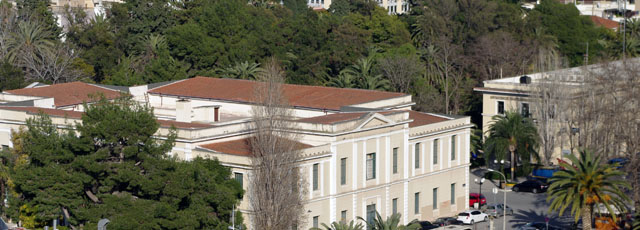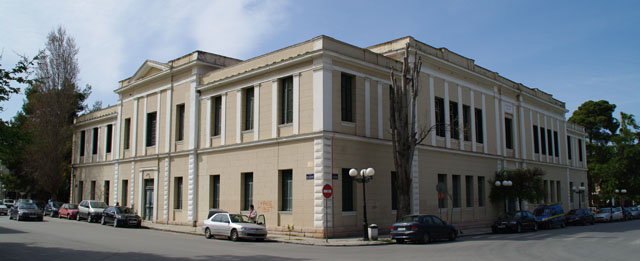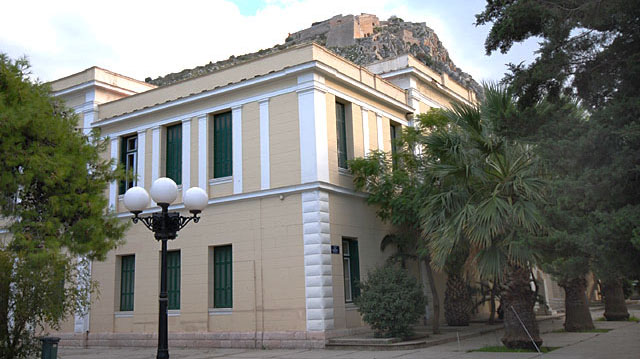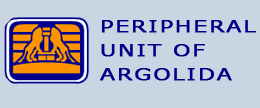The Courthouse
| The Courthouse, built with donations from the great Greek benefactor, Andreas Singros, was completed in 1911, from plans by Anastasios Stamatiadis. Today the appeals court is housed in the building, which was constructed in the neo-classical style. | ||
 |
||
|
The entrance is decorated with the busts of Anastasios Polyzoidis and Georgios Tertsetis, two great figures, who served the Greek judicial system with exemplary consistency. Both have remained in history for their firm stance during the trial of the leaders of the Greek revolution, Theodoros Kolokotronis and Dimitrios Plapoutas, when in 1834, during the time of the regency, they were accused of conspiracy.
Both the president of the court, Anastasios Polyzoidis, and one of the judges, Georgios Tertsetis, refused to sign the warrant condemning the two to death. Both were removed from the bench for their stance, but were later vindicated and returned to their judicial duties. |
 |
|
|
In the southern section of the courthouse square there is a monument to the hero of the Greek revolution who became known as Nikitaras. Nikitas Stamatelopoulos, as he was really called, was a superb soldier. In fact, for a while he was in command of the siege of Nauplion. |
||
 |
||
|
The monument to Nikitaras was erected in 1926 by Aspasia Potamianou, on the wishes of her husband, the Nauplian politician, Elias Potamianos, and it takes the form of a memorial stone. At the base there is a relief design of a battle scene in which Nikitaras kills a Turkish cavalry man with his knife. The sculptor who designed the piece was Antonios Sochos, the nephew of Lazarus Sochos, who created the statue of Kolokotronis. Sochos seems to have been inspired by a mural by Peter Von (H)Ess, which depicts Nikitaras during the battle of Dervenakia. On the reverse side of the monument there is an engraving of verses from a poem by the Greek poet, Kostis Palamas, dedicated to Nikitaras. |
||
 |
||
|
The exact location of the Courthouse can be found in Section Map. |
||


